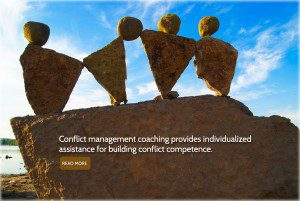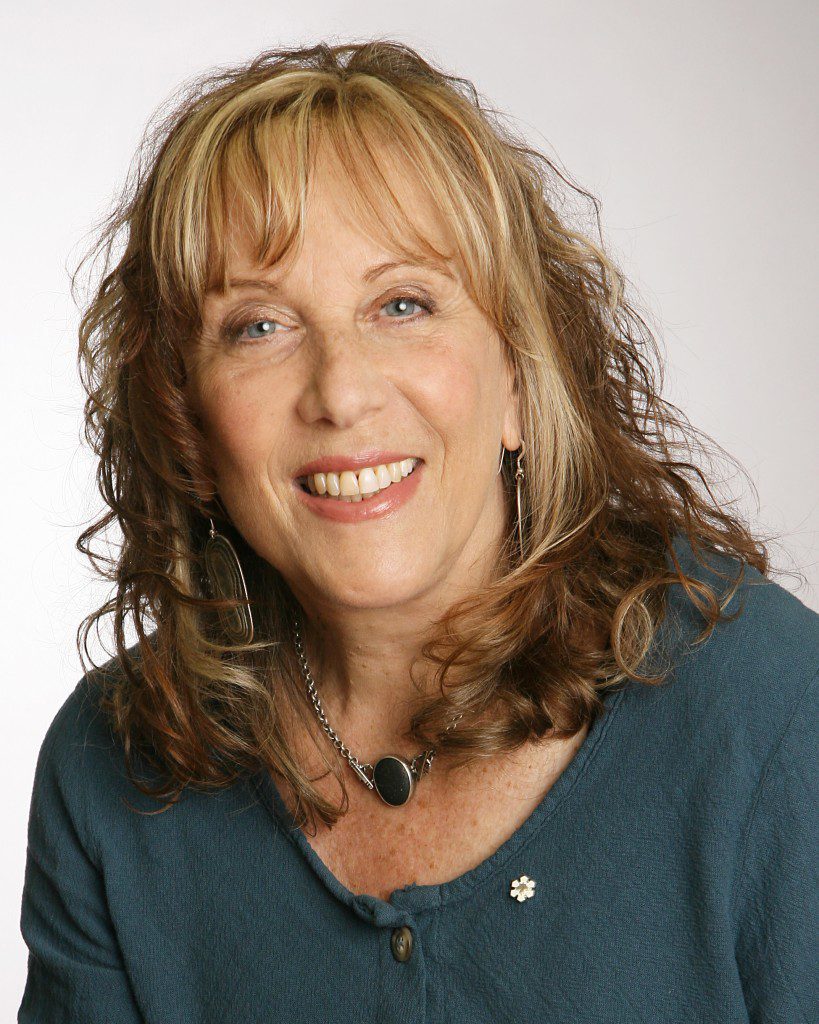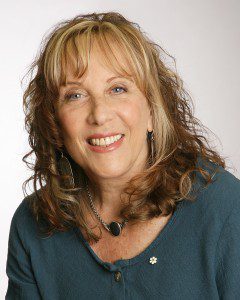Peace work started for me many years ago when I created the first travel agency in Canada specifically for people with disabilities. (My background at the time was a social worker – mostly with people with disabilities.) Through naivety as much as anything I learned how to advocate and negotiate. My main objective at the time was to make travel accessible for this segment of our population and I realized that a ‘mediative’ approach was needed to ensure all the stakeholders express their interests and got what they needed. How to frame the needs of the population I was trying to help and keep matters peaceful so that we could all be heard was my first foray into ways to communicate and connect and collaborate. This experience led me to law school – to become an advocate for people with disabilities. However, I was unable to get specific work of that nature at the time and realized early on that whatever I was going to do, my manner and personality and preferred way of being with people was in more collaborative ways. This led me to take up mediation and ultimately coaching.
What interests you most about what you’re doing now?
In the late nineties I began to think there was a gap in the ADR field. That is, I wasn’t aware of an individualized approach such as executive coaching that would help people on a one-on-one basis to better manage interpersonal conflict. This led me to the field of coaching in which I became certified. I developed a coaching model (the CINERGY model) that combines conflict management, coaching and neuroscience principles. It is a 7-step process that helps people become increasingly self-aware and eventually more conflict competent, to resolve a dispute, to better engage in one that is ongoing and to prevent an unnecessary dispute from evolving further. It is a technique that may be used on its own or in tandem with mediation and other ADR processes.
What interests me most? This all interests me because I am passionate about helping people find their way through conflict with increased confidence and comfort. I have seen significant and durable changes in how my clients manage view conflict – more positively – and that excites me! The motto of my company is “Peace-building, one person at a time” and I am thrilled thinking and observing that we can gain conflict intelligence and influence change through a process that supports people in their efforts to optimize their potential.
 What’s been your biggest accomplishment?
What’s been your biggest accomplishment?
Besides developing the first travel agency in Canada for people with disabilities, I would say my biggest accomplishment is in creating the CINERGY model and providing coaching and training to thousands of people around the world, including a number who train using my model. That is, I have a wonderful cadre of accredited coaches and coach-mentors who train in Australia, Ireland, New Zealand, parts of Europe, Ireland, the U.K., the U.S. and Canada. Another big accomplishment is completing my book entitled: ‘Conflict Management Coaching: The CINERGY Model’ a year ago. This is the fifth book I have written and the most challenging! It also contributes to my being a pioneer of the concept of conflict management coaching (also known as conflict coaching).
I will add that being the consultant for the Transportation Security Administration (U.S. Department of Homeland Security) in the design and development of their conflict management coaching program ranks high as the ‘biggest accomplishment’.
Biggest challenge?
Making sure I celebrate every day as precious and not getting overwhelmed and disconnected with friends and family as a consequence of all the work and travel. I try to make every effort to give back to my communities in various ways. In addition to other local volunteer things, I host the Conflict Coaching Guild through LinkedIn and co-ordinate conflict management coaching teleseminars for the International Coach Federation and the Association for Conflict Resolution.
Who or what inspires you?
I feel blessed to have great friends and family and colleagues who inspire me in many ways. The writing of people like David Whyte, Rumi, Brene Brown and Maya Angelou touch me at a deep spiritual level. I am also inspired by nature… I particularly love stones and stone figures and I feel great peace surrounded by mountains.
Why is peace sexy to you? What does “Peace is Sexy” evoke for you?
There is something about shifting the view of conflict from a negative lens that I love. The word isn’t “proflict” and I wonder if it was what difference that would make. 🙂
I think what makes peace sexy though is the notion that it can be satisfying and relieving to express ourselves, to come together in meaningful ways when we share fundamental parts of us—that we become naked in a way that reveals our truths and that we accept ourselves and each other no matter what. Peace is sexy too when we acknowledge that it’s okay to connect and be open and express ourselves so that we can love and be loved, care and be cared for. I think too if we accept that we’re all human after all—we may fumble along the way—but we are all just trying to do our best. If we get that, we may be more forgiving of ourselves and others.
What is a simple thing you do to create peace? What is something you do everyday?
I stay present—pay attention and listen to people from my heart. I meditate every day and try to stay centered and open and non-judgmental to whatever comes my way.
How would you like Peace is Sexy to make a difference in what you are up to?
I think it would be great to have colleagues who do peace work to come together to talk about how we can make peace sexy and contribute to the peace movement in day-to-day living. There is so much to be done for world peace and my inclination is more micro though—to attend to our homes, schools, communities, workplaces, etc. and consider what needs to be done to bring more positivity to our everyday personal and professional lives.
Where would you like to see your passion go in the next 10 years? 20 years? 100 years?
More and more and more efforts to normalize peace and make it a positive- more acceptable part of our lives, an increased use of mindfulness techniques to calm and bring presence, training that begins at very young ages—in peace, learning empathy and getting along with each other.
Is there anything else you want to tell us?
Thank you so much for asking me to be part of you incredible initiative. Please let me know if there’s something else you may want.


